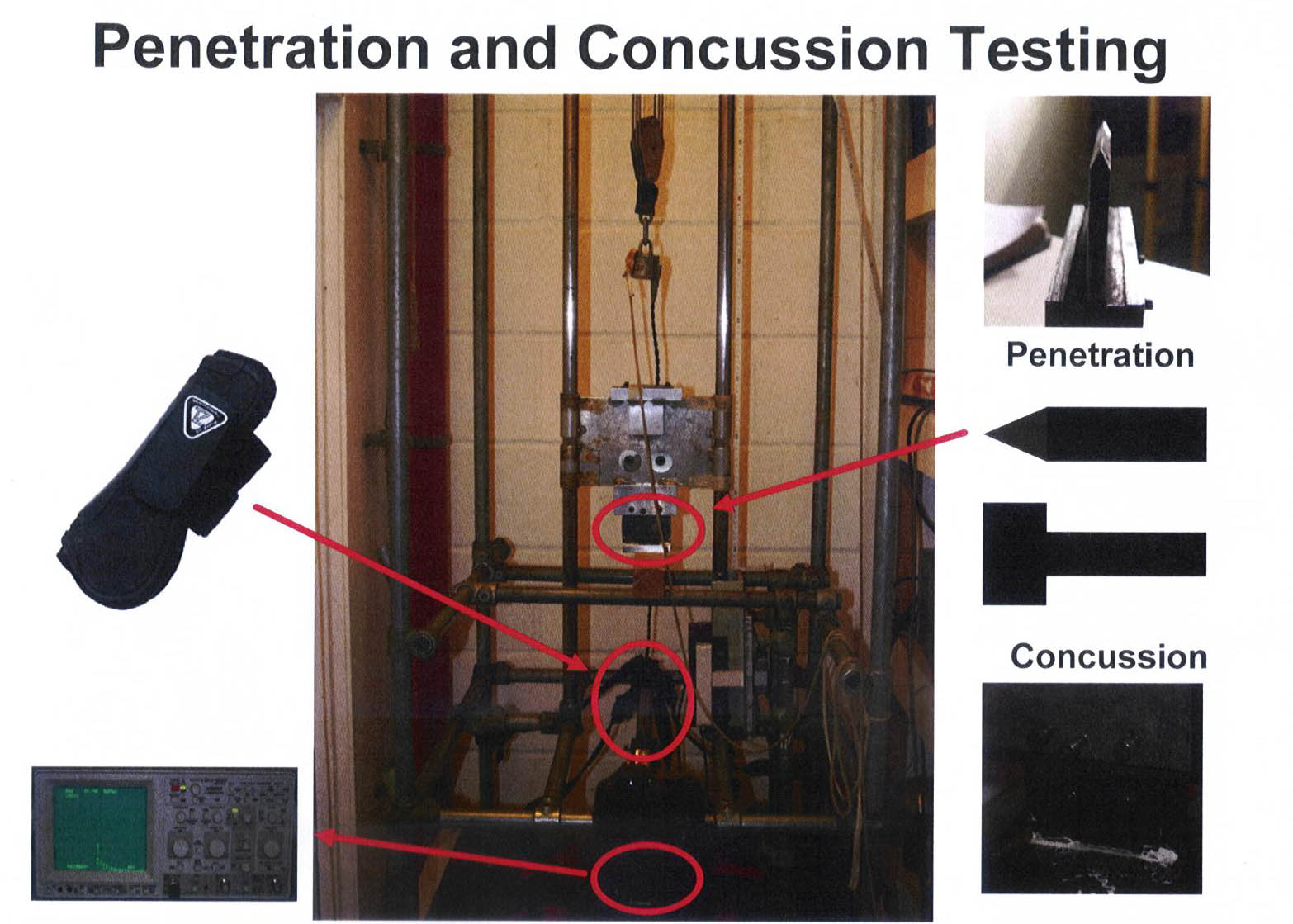
Testing Phase 1 – Independent Laboratory
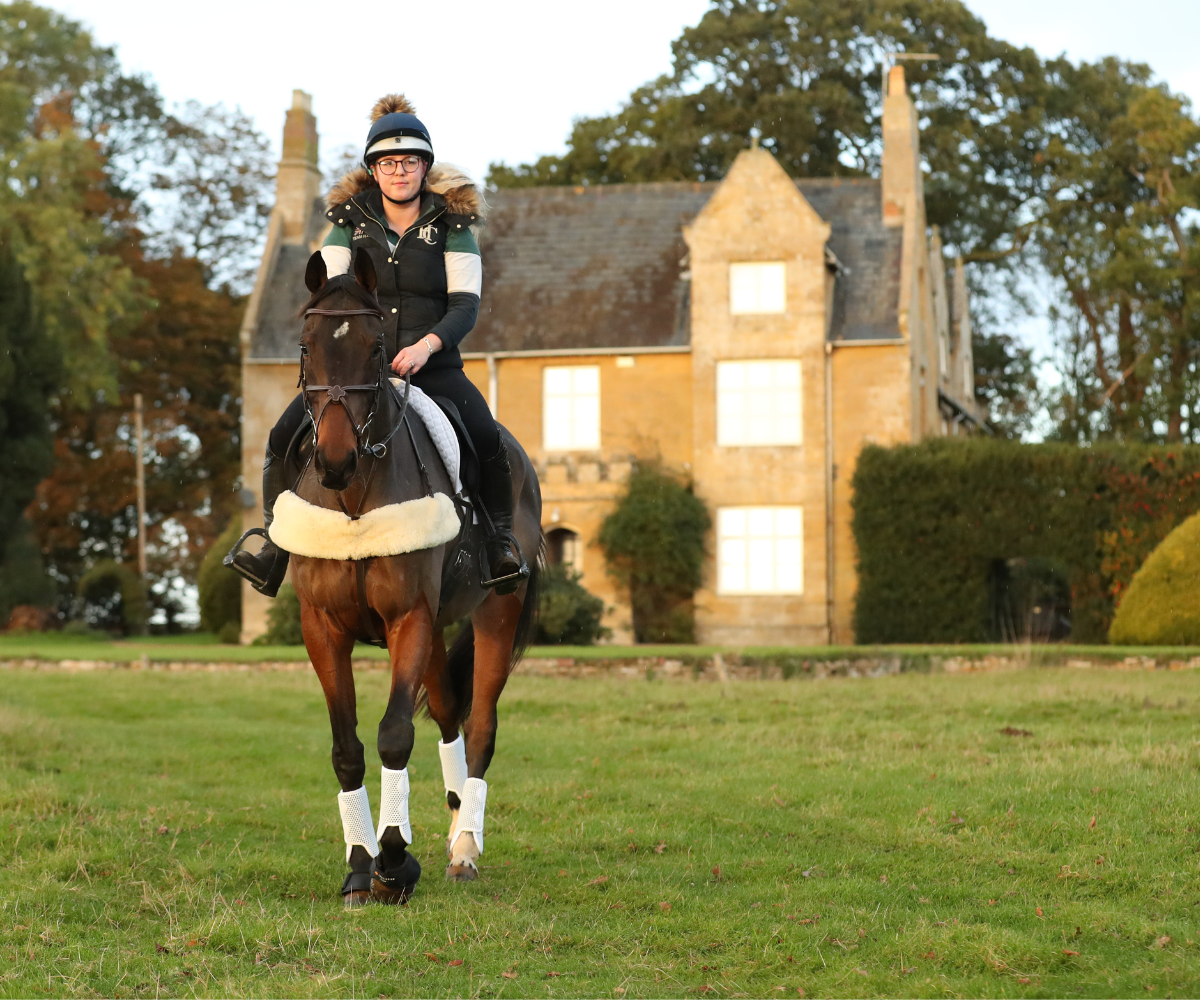
Testing Phase 2 – Tester Panel

Order special instructions
Horse Wear
Horse Wear
Therapy
Horse Boots
Sun & Fly
Headcollars & Leadropes
Rugs
Riding Accessories
Nutrition
Nutrition
Feed & Hay blocks
Treats
Haynets
Bucket Covers
Shop by Pet
Shop by Range
Additional B2B Information
Additional B2B Information
Shop by Discipline
Shop by Discipline
Education Zone
As riders, we protect our most vital areas (head and torso) with riding hats, body protectors and more recently air jackets. Rider protective equipment is subjected to extensive testing to meet standards and regulations and we believe that as a vital part of your horse, protective boots for your horse’s legs should undergo a similar testing process.
Tri-Zone boots go through a unique 3-phase testing process, giving you confidence that you are choosing the best leg protection for your horse. Materials are carefully selected to provide maximum protection but without being bulky, heavy and not make your horses legs hot and sweaty. Each individual layer in the Tri-Zone boot is researched and sourced for their advanced technical properties and tested in an independent laboratory before it goes anywhere near a horse’s leg.

In the same laboratory that test standards of riding hats and body protectors, Tri-Zone boots are safety tested to their limits for their ability to withstand concussion and penetration whilst remaining lightweight, breathable and flexible.
For concussion and penetration the testing is carried out using a custom made test rig consisting of a tower from which either a blunt hammer or a cutting blade is dropped onto the boots in a controlled fashion. The weight of the blade and hammer are fixed and different forces are applied to the boots by varying the height from which they were dropped onto the boots. Boots were hit with forces ranging from 1.25 to 20 Joules. These forces were chosen as being those likely to occur in the horse during exercise, for example when hitting obstacles or over-reaching.
We test our boots to measure how well the boots allow heat to escape in order to reduce the risk of tissue damage.
Research has shown that when tendon cells are heated to 48°C for 10 minutes approx, 80% of them die*. We use several different methods to assess heat release from boots. The heat release is estimated by fitting the boots to a metal flask containing water at 45°C in a room at 20°C with no significant radiation. The surface temperature of the boots is measured using a thermal camera. We tested Tri-Zone boots, along with a number of other boots on the market.
From this it was clear that some boots were very effective insulators and kept the heat in so the outside of the boot appeared cold. Other boots appeared much hotter on the surface, showing that they were allowing heat to escape.
Heat release was then estimated by measuring the rate at which the temperature of the water in the flask dropped whilst 20°C air was being blown over the boot (via a fan). This was done to simulate the movement of air over the boot and leg as would occur during exercise.
If boots are constructed of inflexible (i.e. stiff) material or if boots are applied too tightly, they have the potential to restrict joint movement and cause other problems such as tendonitis. Stride characteristics and performance could also be affected. Boots need to allow as much freedom of movement as possible without compromising on their primary function of protection. We test our boots to make sure that they do not restrict the horse’s movement whilst still exceeding protection requirements. An 8cm x 1m steel pipe is set up secured to a workbench. The boots are fixed to the pipe and a 10kg weight is attached with a clip on the boot and the downward direction measured. The degree of flexibility is measured by how much the boot bends.
Adding even small amounts of weight to the end of the leg in the form of a boot significantly increases the effort the horse must make to run and can also alter the stride characteristics. Some boots can double in weight if the horse is being exercised in the rain, on wet ground or going through water. This can seriously affect stamina and performance. We design and test our boots to minimise water absorption, excess weight but without compromising on protection.

The boots then undergo trials by an extensive tester panel of horse owners and riders who test them for the fit, comfort, ease of use and washing to ensure we have not only a safe product but one that people can easily use and trust.

Finally the boots go through the rigorous test of being used all day, every day on busy competition yards by teams of professional riders. Tri-Zone boots are worn either at home or at competitions by an array of Olympic riders, world champions and top producers.
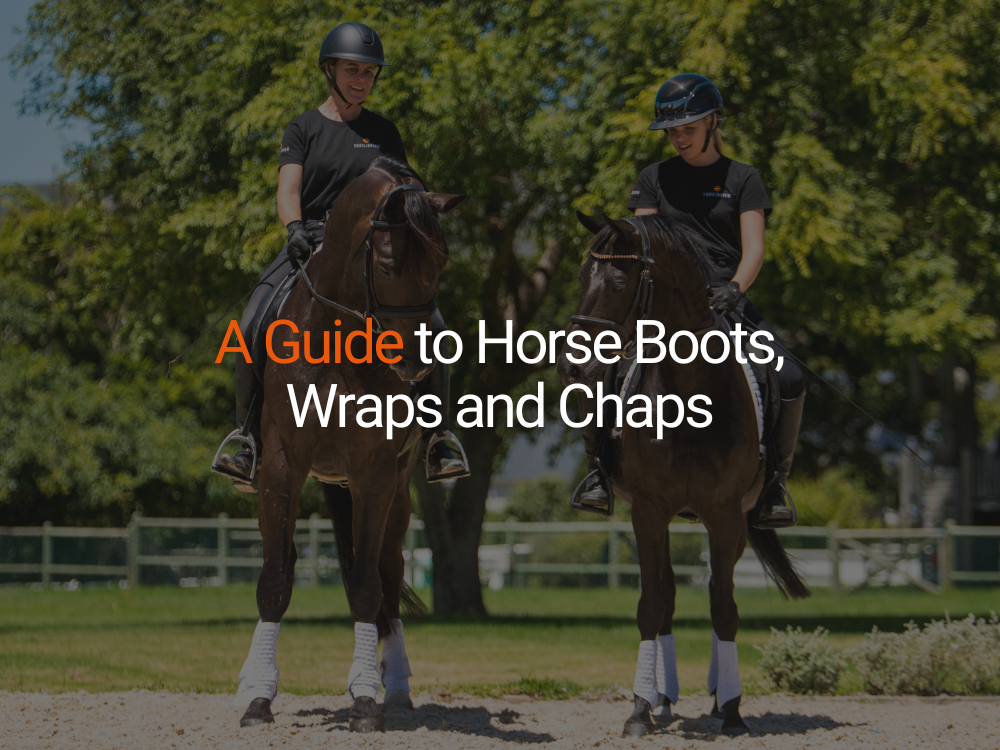
A Guide to Horse Boots, Wraps and Chaps
As riders and horse owners, we ask our horses to live and work in ways that they would not in the wild. As a result we need to provide them with leg protection against injury from external impact, self-inflicted harm, and stress-related problems.
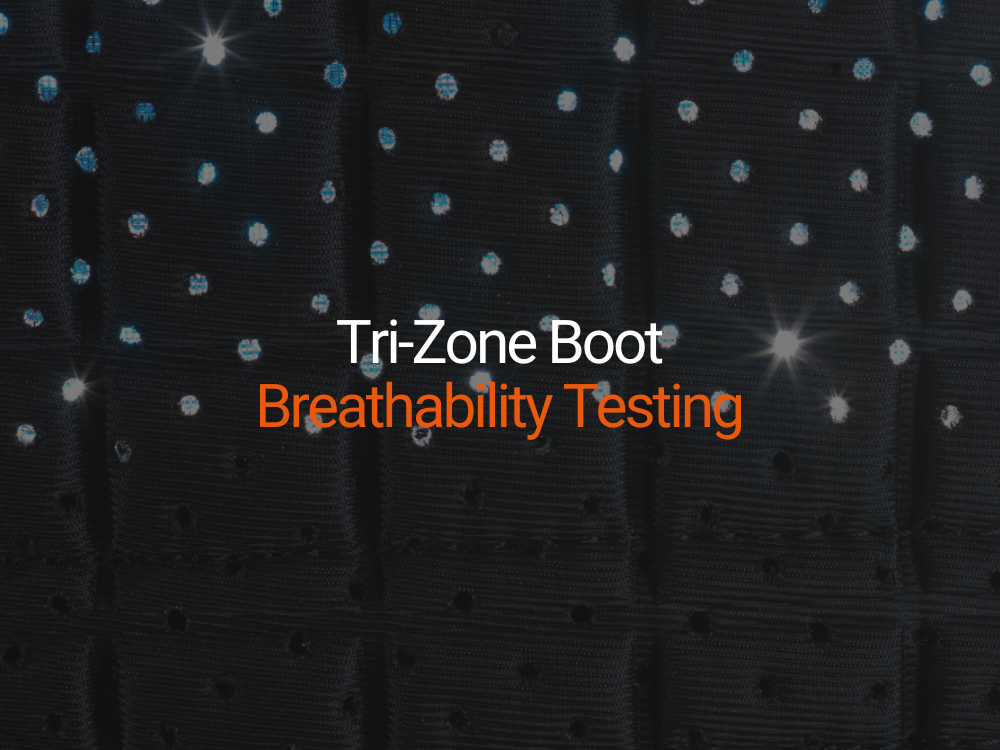
Tri-Zone Boot Breathability Testing
The Tri-Zone Brushing Boots have undergone independent testing with Dr David Marlin to establish exactly how breathable they are, and how this compares to other similar boots on the market. The testing method was designed to measure the amount of moisture escaped from the boot. This was performed in a controlled laboratory environment to eliminate as many variables as possible that can be experienced when testing on a live horse.
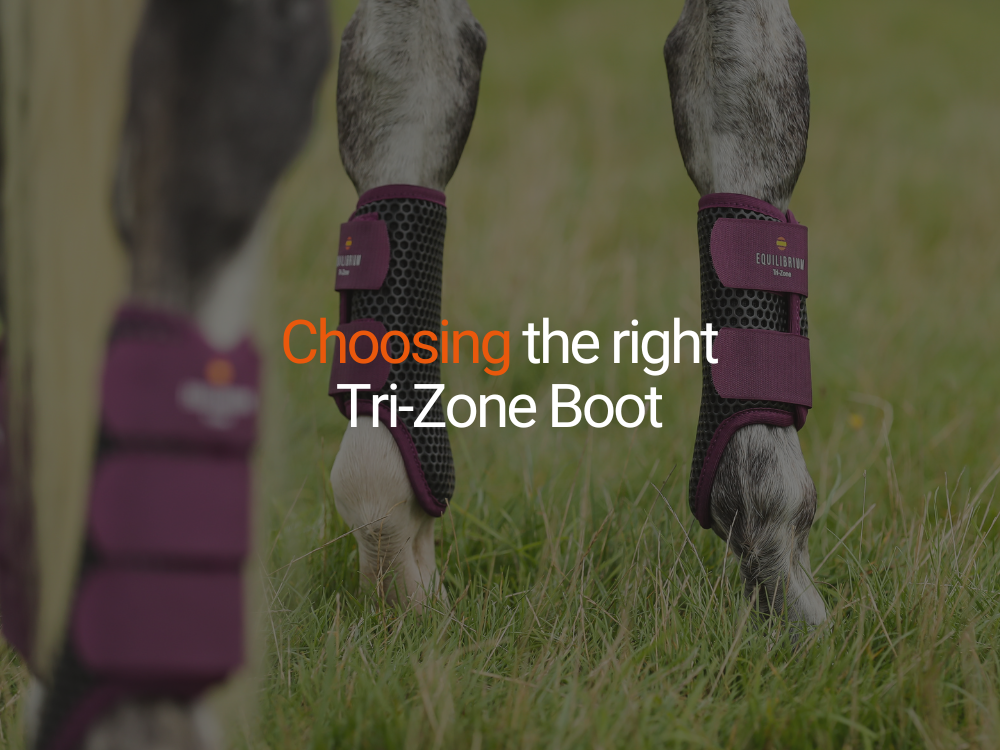
Choosing the right Tri-Zone Boot for Your Horse
The Tri-Zone range undergoes independent testing to ensure each boot is up to it's respective job - whether its a Brushing Boot or a boot designed for High Impact. Regardless of the protection level, each boot design is maximised to ensure it remains as breathable, lightweight and flexible as possible to ensure freedom of movement and comfort for your horse.
Sign up for our mailing list for updates on our products, sales and exclusive rewards
Connect With Us
© 2025,
Equilibrium.Copyright © 2024 Equilibrium Products Limited. Registered in England and Wales No. 03762996.
We use cookies and similar technologies to provide the best experience on our website.
